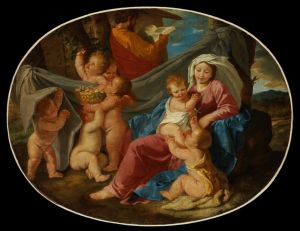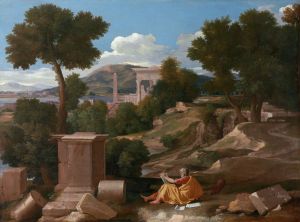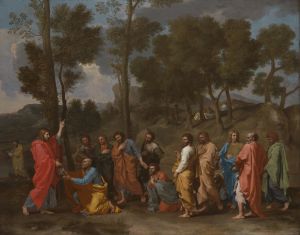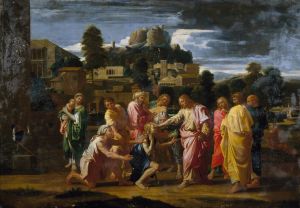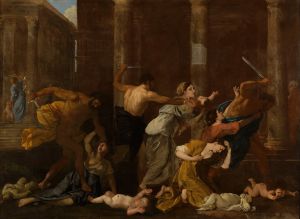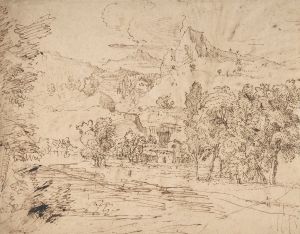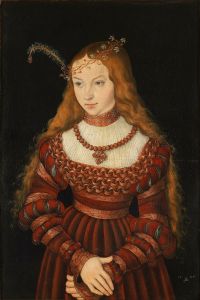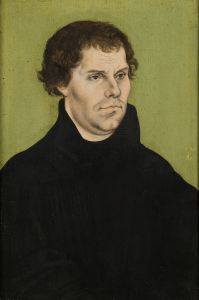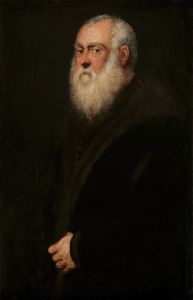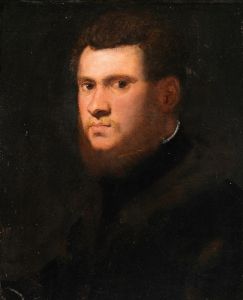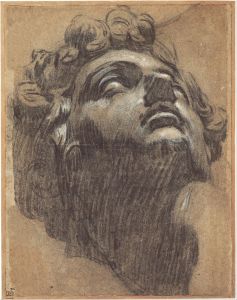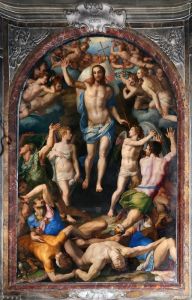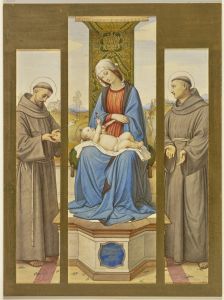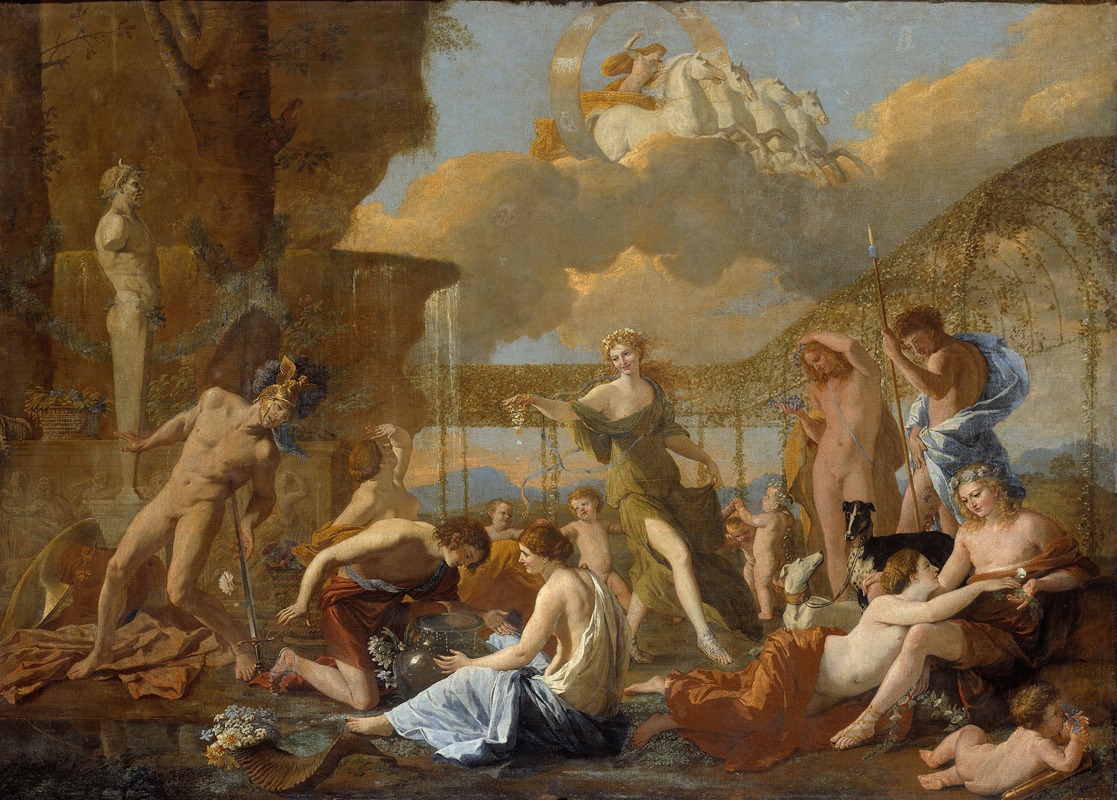
The Empire of Flora
A hand-painted replica of Nicolas Poussin’s masterpiece The Empire of Flora, meticulously crafted by professional artists to capture the true essence of the original. Each piece is created with museum-quality canvas and rare mineral pigments, carefully painted by experienced artists with delicate brushstrokes and rich, layered colors to perfectly recreate the texture of the original artwork. Unlike machine-printed reproductions, this hand-painted version brings the painting to life, infused with the artist’s emotions and skill in every stroke. Whether for personal collection or home decoration, it instantly elevates the artistic atmosphere of any space.
"The Empire of Flora" is a celebrated painting by the French Baroque artist Nicolas Poussin, completed in 1631. Poussin, renowned for his classical style and mastery of composition, created this work during his early years in Rome, where he was deeply influenced by the classical antiquities and Renaissance art that surrounded him.
The painting is an allegorical depiction of the Roman goddess Flora, who is associated with flowers, spring, and renewal. In "The Empire of Flora," Poussin presents a lush, idyllic scene that embodies the beauty and abundance of nature. The composition is carefully structured, with a harmonious arrangement of figures and a balanced use of color and light, characteristic of Poussin's classical approach.
At the center of the painting, Flora is depicted as a serene and graceful figure, surrounded by a vibrant array of flowers. She is seated in a garden, symbolizing her dominion over the natural world. The figures around her are drawn from classical mythology and literature, each representing different stories associated with flowers. These include figures such as Narcissus, Hyacinthus, and Clytie, whose myths explain the origins of certain flowers. Poussin's inclusion of these mythological figures not only enriches the narrative of the painting but also reflects his deep engagement with classical sources.
The painting is notable for its rich symbolism and the way it captures the essence of the Baroque era's fascination with nature and mythology. Poussin's use of color is particularly striking, with a palette that emphasizes the lushness of the garden and the delicate beauty of the flowers. The figures are rendered with a sense of idealized beauty, reflecting Poussin's study of ancient sculptures and his desire to achieve a timeless quality in his work.
"The Empire of Flora" is housed in the Gemäldegalerie Alte Meister in Dresden, Germany, where it continues to be admired for its artistic and historical significance. The painting exemplifies Poussin's ability to blend narrative, symbolism, and classical ideals into a cohesive and visually stunning composition. It remains a testament to his skill as a painter and his profound understanding of the classical tradition.
Poussin's work, including "The Empire of Flora," has had a lasting impact on the development of Western art. His emphasis on clarity, order, and harmony influenced subsequent generations of artists and established him as a central figure in the history of European painting. "The Empire of Flora" stands as a prime example of his artistic vision and his contribution to the Baroque movement.





